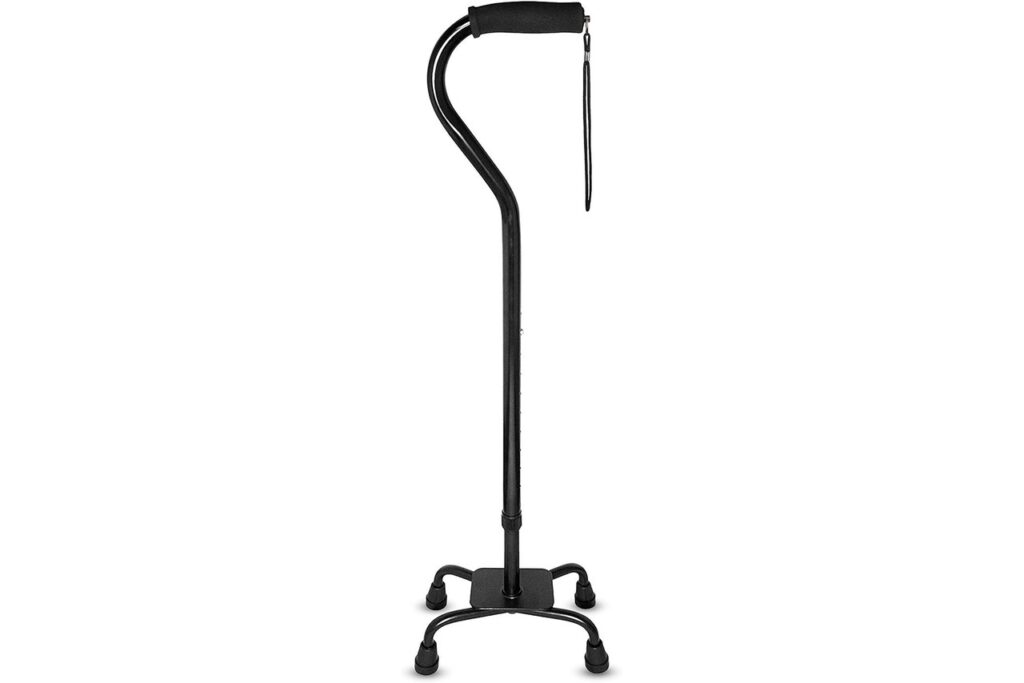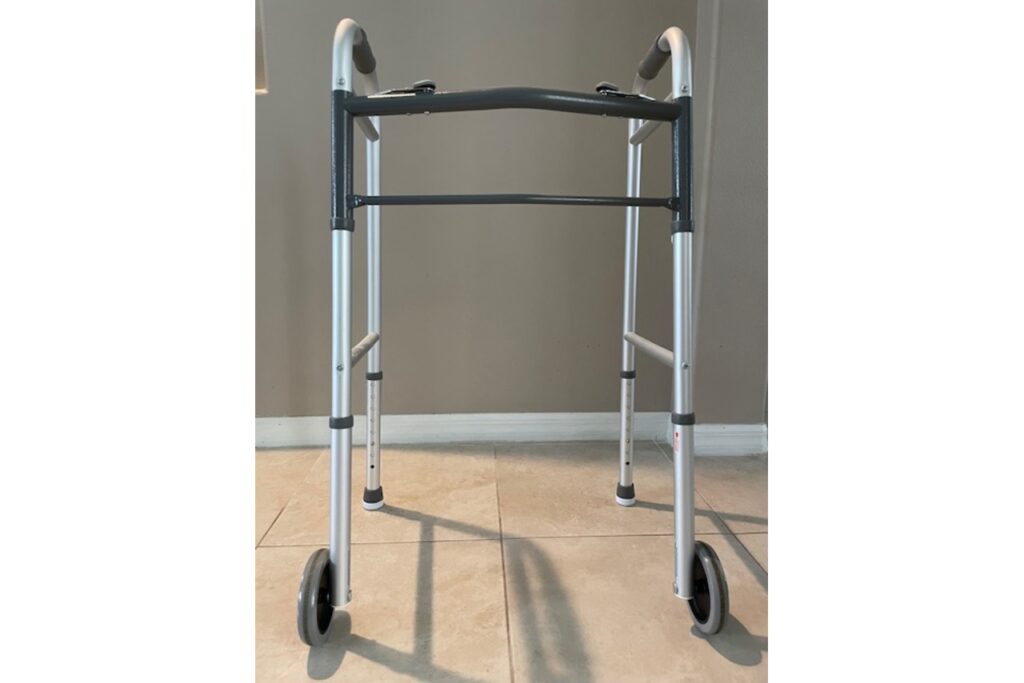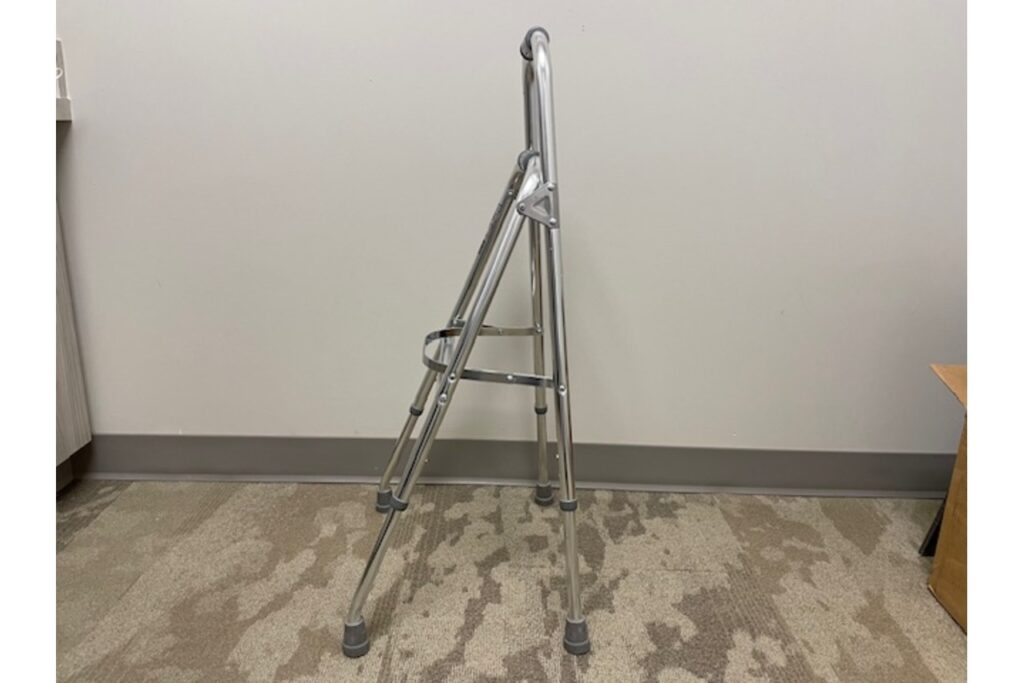Mobility aids have become an integral part of healthcare, providing essential support for individuals who need assistance with movement. Whether due to aging, injury, or disability, walkers offer a path to greater independence and improved quality of life. For patients and healthcare workers alike, understanding the different types of walkers available can significantly impact treatment and recovery outcomes. This post will explore various types of walkers, their benefits, and how they cater to specific patient needs.
The Importance of Mobility Aids in Healthcare
Mobility aids, such as walkers, are more than just tools; they are lifelines that enhance the ability to move freely and safely. For many patients, these aids represent newfound independence, allowing them to perform daily activities without constant assistance. Healthcare professionals recognize the critical role that mobility aids play in rehabilitation and long-term care, tailoring solutions to individual needs and conditions.
By providing stability and support, walkers minimize the risk of falls and injuries, promoting confidence in patients who may otherwise feel vulnerable. This increased mobility not only aids physical recovery but also boosts mental well-being, as patients can engage more fully in their surroundings and social interactions. For healthcare workers, understanding the intricacies of different types of walkers is essential to recommending the most suitable option for each patient.
An Overview of Types of Walkers
Each type of walker offers unique features and benefits, making it essential for patients and healthcare workers to understand their distinctions. From standard walkers to specialized models, the choice of walker can significantly impact a patient’s mobility, recovery, and confidence.
Walkers are generally categorized based on their design and functionality. Some walkers provide basic support for those who need extra balance, while others offer enhanced features like wheels or knee rests for specific conditions. The key is to match the walker to the patient’s unique needs and lifestyle, ensuring optimal support and comfort.
Standard Walkers

Description
Standard walkers are the most basic type of walking aid, characterized by their four-legged, non-wheeled frame. Typically made of lightweight metal, these walkers provide robust support and stability. Patients must lift the walker with each step, which requires a certain level of upper body strength and coordination. Despite this requirement, standard walkers remain a popular choice for individuals seeking reliable support.
Benefits
For patients who need steady support as they walk, standard walkers offer stability. Their non-wheeled design ensures that the walker does not roll away unexpectedly, reducing the risk of falls. This makes them an excellent choice for patients with significant balance concerns or those recovering from lower limb surgeries. The simplicity and durability of standard walkers make them easy to use and maintain, providing peace of mind for both patients and caregivers.
Ideal Patients
Standard walkers are ideal for patients who have sufficient upper body strength to lift and move the device. Patients recovering from surgeries or conditions affecting lower body strength may find standard walkers to be an effective tool in their rehabilitation process, offering the necessary support to regain confidence in their mobility.
Rolling Walkers

Description
Rolling walkers, also known as front wheeled walkers, are equipped with wheels on each leg, allowing patients to push the walker instead of lifting it. This design reduces the physical effort needed to move the walker, making it an excellent choice for individuals with limited strength or stamina. Most rolling walkers come with a built-in seat and storage pouch, adding convenience for users on the go.
Benefits
The wheeled design of rolling walkers offers smooth movement across various surfaces, enhancing ease of use. The ability to push the walker instead of lifting it can reduce fatigue, especially during longer walks or outings. This feature is particularly beneficial for those with endurance issues or conditions that cause fatigue.
Ideal Patients
Rolling walkers are well-suited for patients who have some mobility but require additional support and convenience. They are ideal for individuals who enjoy staying active and need a mobility aid that accommodates their lifestyle. Patients with arthritis or other joint conditions may find rolling walkers especially beneficial, as they reduce the strain on the wrists and arms. However, it’s essential for users to have adequate balance and control to safely operate a rolling walker.
Hemi Walkers

Description
Hemi walkers are designed for one-handed use, making them an excellent choice for patients with unilateral weakness or paralysis. Unlike standard walkers, hemi walkers have a wider base and a more angled frame, providing stability while requiring less physical effort from the user. This design is particularly advantageous for individuals recovering from strokes or other conditions affecting one side of the body.
Benefits
The unique design of hemi walkers offers support where it’s most needed, allowing patients with limited arm or hand function to walk comfortably and securely. The angled frame and wider base provide excellent stability, reducing the risk of falls. Hemi walkers are lightweight and easy to maneuver, making them suitable for both indoor and outdoor use. Their compact size also allows for easy storage and transport.
Ideal Patients
Hemi walkers are ideal for patients with one-sided weakness or those recovering from conditions that affect one side of the body, such as strokes or upper extremity fractures. They provide the necessary support for individuals who cannot safely use a standard walker but still require assistance with balance and mobility. Patients with limited grip strength or dexterity will find hemi walkers to be a practical and effective solution for their mobility needs.
Knee Walkers
Description
Knee walkers, also known as knee scooters, provide an alternative to traditional crutches for patients recovering from foot or ankle injuries. These walkers feature a platform for resting one knee, allowing the user to propel themselves forward with the other leg. Equipped with handlebars and brakes, knee walkers offer control and stability for safe navigation.
Benefits
Knee walkers provide a comfortable and efficient way to maintain mobility during the recovery process. By eliminating the need for crutches, they reduce strain on the upper body and improve overall comfort. The wheeled design allows for smooth, effortless movement, making it easier to cover longer distances. Knee walkers also promote independence, as users can move freely without relying on others for support.
Ideal Patients
Knee walkers are ideal for patients recovering from foot or ankle injuries, such as fractures, sprains, or surgeries. They provide a practical solution for maintaining mobility while keeping weight off the affected limb. Patients who find crutches challenging to use or uncomfortable may prefer the convenience and ease of a knee walker. It’s essential for users to have sufficient balance and coordination to operate the device safely.
Posture Control Walkers
Description
Posture control walkers are designed to promote proper posture and alignment while providing support for walking. These walkers feature adjustable handles and frames to accommodate different heights and body types. The ergonomic design encourages users to stand upright and engage their core muscles, promoting better overall posture.
Benefits
By encouraging proper posture, posture control walkers help reduce strain on the back and neck, preventing discomfort and promoting long-term health. The adjustable design allows for a customized fit, ensuring optimal support and comfort for each user. These walkers also promote confidence and independence, as users can walk with ease and stability.
Ideal Patients
Posture control walkers are ideal for patients who need assistance with balance and alignment, particularly those with conditions affecting posture. They are suitable for individuals with musculoskeletal disorders or those recovering from injuries that impact posture and gait. Patients of all ages can benefit from the support and alignment provided by posture control walkers, enhancing their overall mobility and well-being.
Conclusion
Choosing the right walker can have a profound impact on a patient’s recovery and daily living. Each type of walker offers unique benefits and features tailored to specific needs, enhancing mobility, confidence, and independence. By understanding the distinctions between standard walkers, rolling walkers, hemi walkers, knee walkers, and posture control walkers, patients and healthcare workers can make informed decisions that promote optimal outcomes.
Ultimately, the choice of walker should be guided by the patient’s needs, preferences, and lifestyle. Consulting with healthcare professionals can provide personalized advice and ensure the best possible fit for everyone. Whether for short-term recovery or long-term support, the right walker can be a valuable ally in the pursuit of wellness and independence.
The information provided on this website is for general informational purposes only. It is not intended as, nor should it be considered, professional or medical advice. Always consult a professional regarding your specific medical issue.
Frequently Asked Questions
What are the different types of walkers available for patients?
Many types of walkers are designed to cater to various mobility needs. Standard walkers, rolling walkers, hemi walkers, knee walkers, and posture control walkers each provide unique benefits and support tailored to individual requirements.
Which types of walkers are best for indoor use?
While many types of walkers can be used indoors, standard walkers and rolling walkers are particularly popular due to their maneuverability and adaptability to different surfaces. It’s essential to choose a walker that suits the individual’s mobility level and indoor environment.
How do I determine which types of walkers are suitable for an injury?
Choosing the appropriate walker depends on the individual’s specific condition, strength, and mobility goals. Consulting with healthcare professionals is crucial to determine which types of walkers align with the patient’s recovery needs and lifestyle.
Are there types of walkers that promote better posture?
Yes, posture control walkers are specifically designed to encourage proper alignment and posture. These walkers help users engage their core muscles while walking, reducing the strain on the back and neck, thus promoting better posture.
Can types of walkers be used outdoors?
Absolutely, many types of walkers, such as rolling walkers and knee walkers, are suitable for outdoor use. These walkers often feature durable wheels and a sturdy frame to handle uneven terrains, ensuring both stability and ease of movement outside.
References
Avers, D., & Brown, M. (2019). “Geriatric Physical Therapy: A Clinical Approach.” Elsevier.
Smith, K., & Johnson, R. (2020). “Rehabilitation Strategies for Patients with Mobility Challenges.” Journal of Physical Therapy, 32(4), 485-496.
National Institute on Aging. (2020). “Assistive Devices: Tools to Help You Remain Independent.” Retrieved from (https://www.nia.nih.gov).
Recently Featured OT Insider Posts
The Hoyer Lift: How to Improve Patient Transfers and Mobility
The Shower Chair: How it’s Used to Manage Independence
How to Create a Sensory-Friendly Halloween for Children
Dx Medical Abbreviation: Everything You Need to Know
The Front Wheeled Walker: How to Manage Mobility in Rehab
PO Medical Abbreviation: Everything You Need to Know
Hemi Walker: How It’s Used in Rehabilitative Therapy
PCN Medical Abbreviation: Everything You Need to Know
ETOH Medical Abbreviation: Everything Your Need to Know
HS Medical Abbreviation: Understanding Hidradenitis Suppurativa
